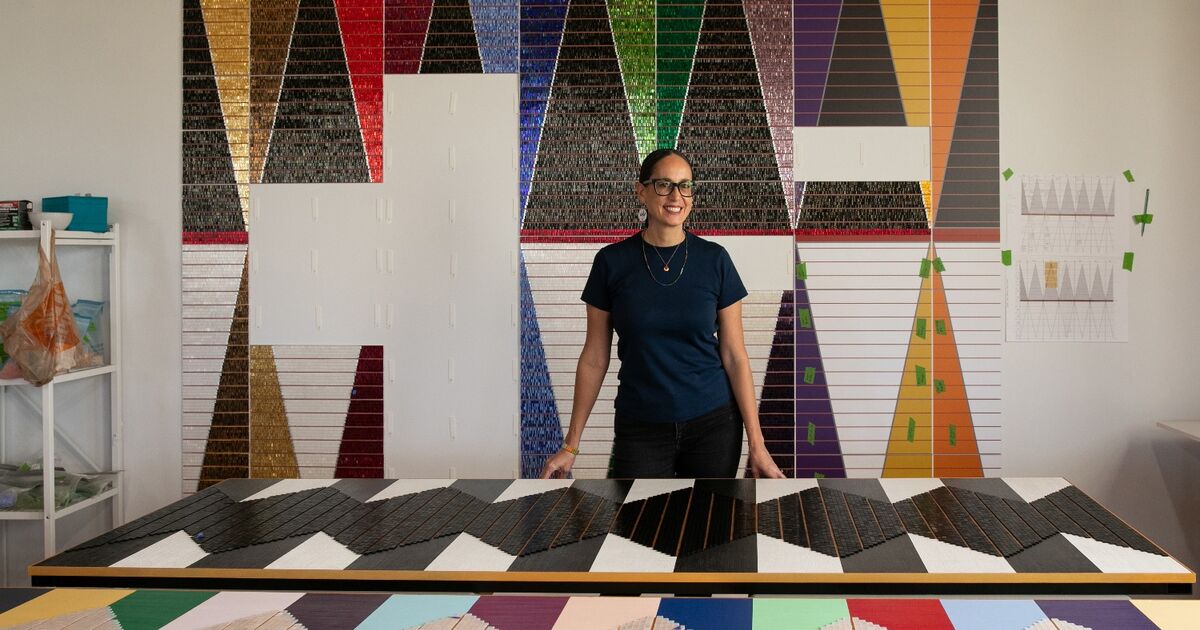The John D. and Catherine T. MacArthur Foundation announced today 20 new MacArthur Fellows, the 2023 winners of the distinguished fellowships known as “genius grants.” The list includes four contemporary artists: Maria Magdalena Campos-Pons, Raven Chacon, Carolyn Lazard, and Dyani White Hawk.
MacArthur fellows receive a grant of $800,000, allotted over five years. The foundation considers the fellowships “an investment in a person’s originality, insight, and potential.” No recipients apply or interview for the grant. Instead, they are nominated and chosen by their peers or communities.
Born in Cuba, Maria Magdalena Campos-Pons creates art designed to illuminate historical narratives of the Caribbean. The Nashville-based sculptor, installation artist, and photographer traces the pain of the Afro-Cuban diaspora and aims to uplift those stories. Her current exhibition at the Brooklyn Museum, “Behold,” reflects on these multifaceted histories, encompassing themes from motherhood to the painful legacy of enslavement.
Raven Chacon, a Diné composer and artist based in Red Hook, New York, creates compositions designed to challenge musical conventions and activate spaces to contemplate, question, and reimagine the histories of lands infringed upon by the United States. Currently, the Museum of Contemporary Art Tucson is presenting Chacon’s “While Hissing.” The installation features 13 visual scores from For Zitkála-Šá (2018), his series devoted to Indigenous women making music.
Focused on exploring the accessibility of art, Carolyn Lazard challenges the solo act of artmaking in favor of a collective practice. Their work, exemplified by pieces like CRIP TIME (2018), unveils the hidden labor and complex histories related to care, institutional harm, and racialized violence. The artist’s most recent exhibition at the Institute of Contemporary Art University of Pennsylvania, “Long Take,” documented dancing without a camera, but instead solely through microphones to question sight as the primary sense.
Sičáŋǧu Lakota multidisciplinary artist Dyani White Hawk’s transformative use of traditional quillwork and beadwork helps nourish Indigenous art traditions while reframing Western modernist art within a broader, cross-cultural context. Her meticulous beadwork, such as her contribution to the 2022 Whitney Biennial, Wopila | Lineage (2021), appears as a flat painting. But, upon a closer look, it unveils thousands of meticulously arranged beads that allude to the persistence and strength of Lakota tradition. In many ways, White Hawk’s art rejects the colonial voices that have aimed to silence Indigenous traditions and voices.

